Check it out: you save more dough (ba dum bump) when you order a large pizza than with any other size. Why is this true? NPR reporter Quoctrung Bui's engineer friend pointed out that a medium pizza was twice as big as a small one, yet only cost slightly more.
Less Money, Mo' Pizza
Inspired, Bui crunched the numbers and proved that the large pizza is actually cheaper in the end. As he explained it:
"A pizza is a circle, and the area of a circle increases with the square of the radius. And when you look at thousands of pizza prices from around the U.S., you see that you almost always get a much, much better deal when you buy a bigger pizza."

Yes, it's true: this humungous pizza costs less per inch than a small.
He goes on to point out that buying a large 20-inch pizza averages out to $20.77 (at the time the article was originally published). That large pizza has the same area as 2 medium pizzas (14 inches) and 6.3 smalls (8 inches). To equal the same amount of pizza as the large, it would set you back an additional $8.82 and $30.79 respectively.

Turns out in the case of pizzas, it's true that the more you spend, the more you save.
For an even more drastic example, a large 30-inch pizza will run you about $31.24. To equal the same amount of pizza, you'd need to get 4.6 mediums ($66.58 more) and 14.1 smalls ($116.02 more).
A Crusty Rebuttal
However, Jess Jiang, another reporter at NPR, provided a good argument as to why you should just buy whatever pizza size you want. She cites the law of diminishing returns, which is an economic concept that says at some point you don't get the same results for the same amount of effort.
In other words, ordering a large pizza if you're not in the mood for a large pizza just means having to find space to store it. And then there's the ensuing guilt if you end up not eating it and have to throw it out.

The National Resources Defense Council estimates that the average American throws away 20 pounds of food per month.
Most compelling to me is her argument that you might end up eating pizza just because it's there. Researchers have shown that we're more likely to munch on food when it's right in front of us. If you're trying to lose weight or clean up your diet, it's probably not in your best interests to have junk food easily available.
In the End, Financial Savings Win Out
In my opinion, you should still order the large pizza. Why? Because you can freeze the leftovers once you get home, thus removing temptation right from under your nose, but ensuring you'll have a quick snack handy for the days when you're too tired to cook or need to eat on the go (and those kinds of days always seem to come up sooner or later).

Make sure to wrap your leftovers in tinfoil before popping 'em in the freezer.
Plus, once you know the right way to use your microwave, skillet, and wafflemaker to reheat pizza, it'll taste just as delicious as it did when it was fresh—maybe even more so because you'll know how much money you saved.
Cover image via Shaun Owyeong














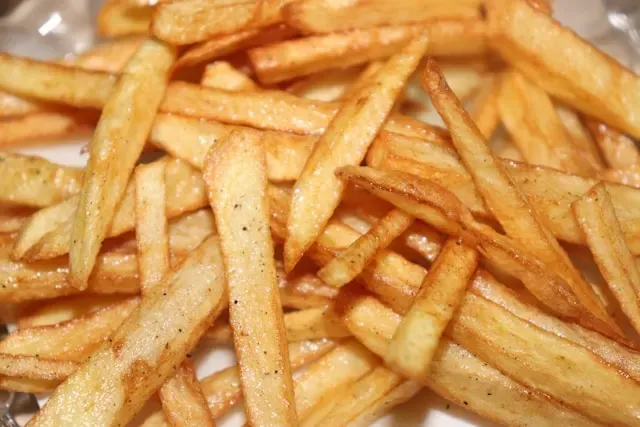
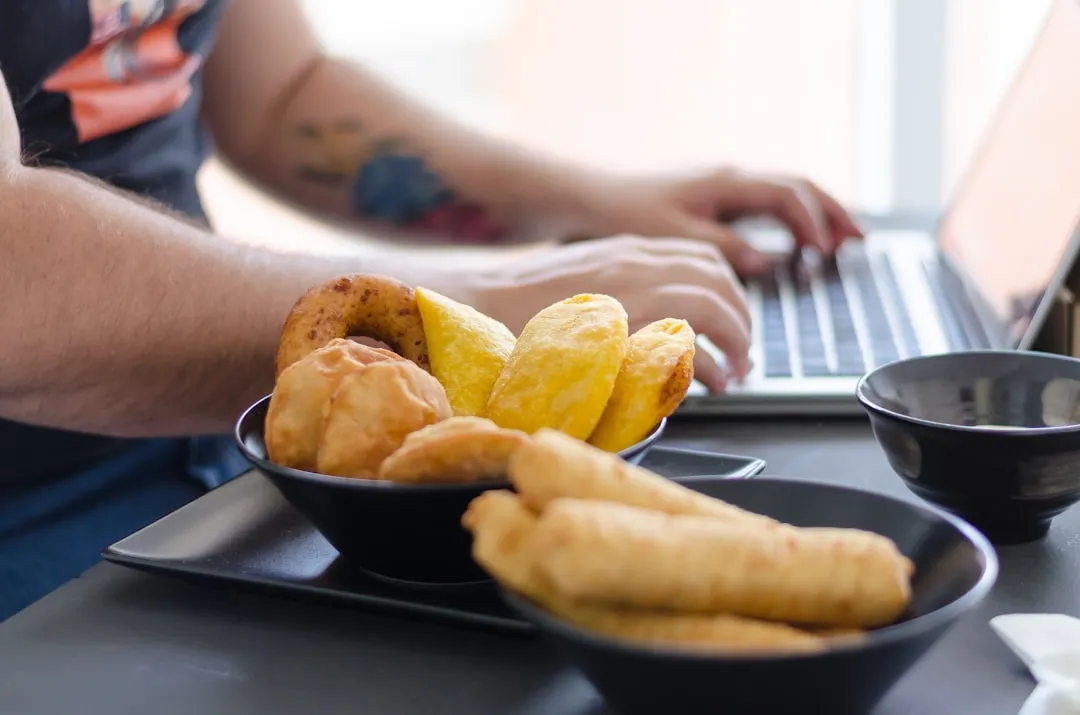
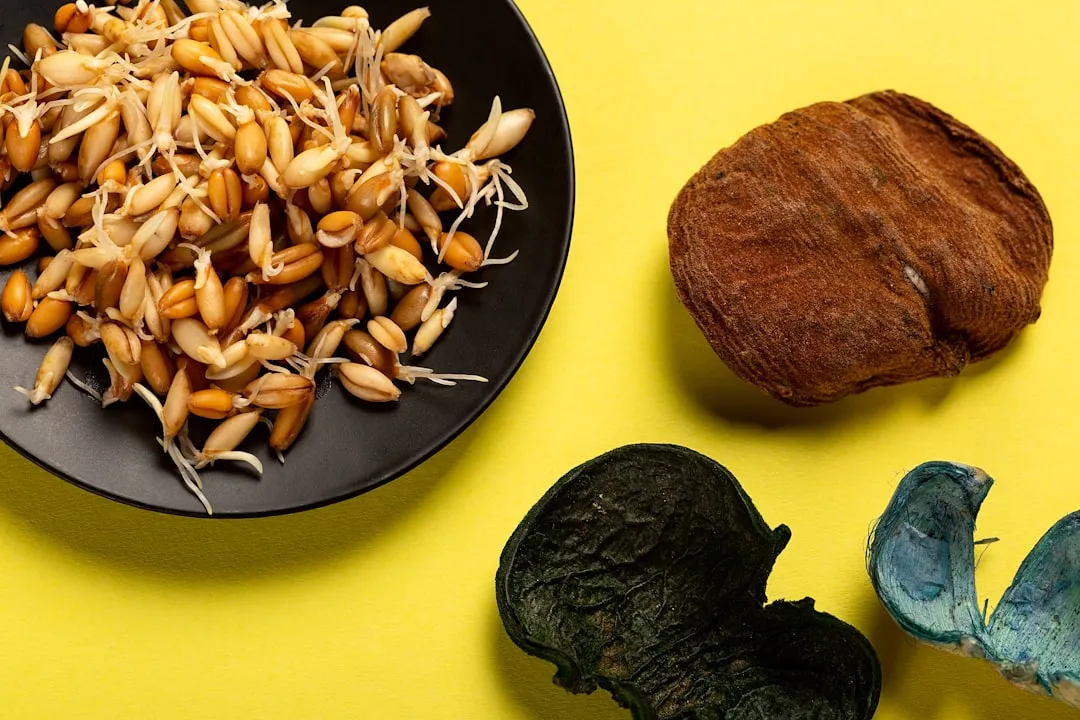


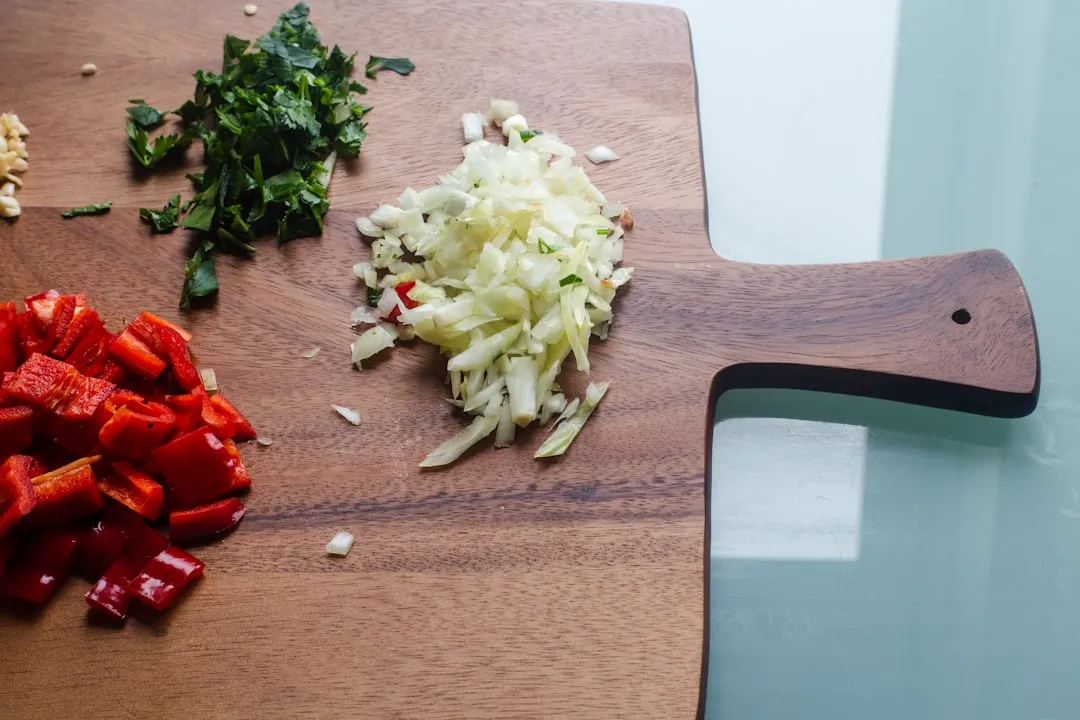

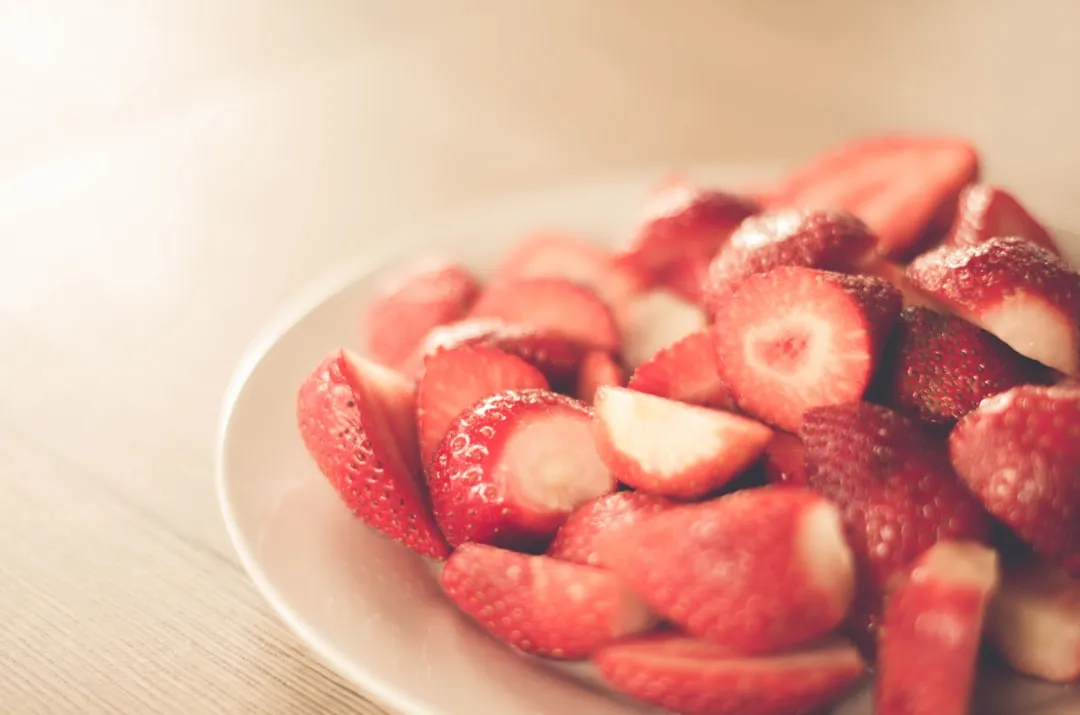
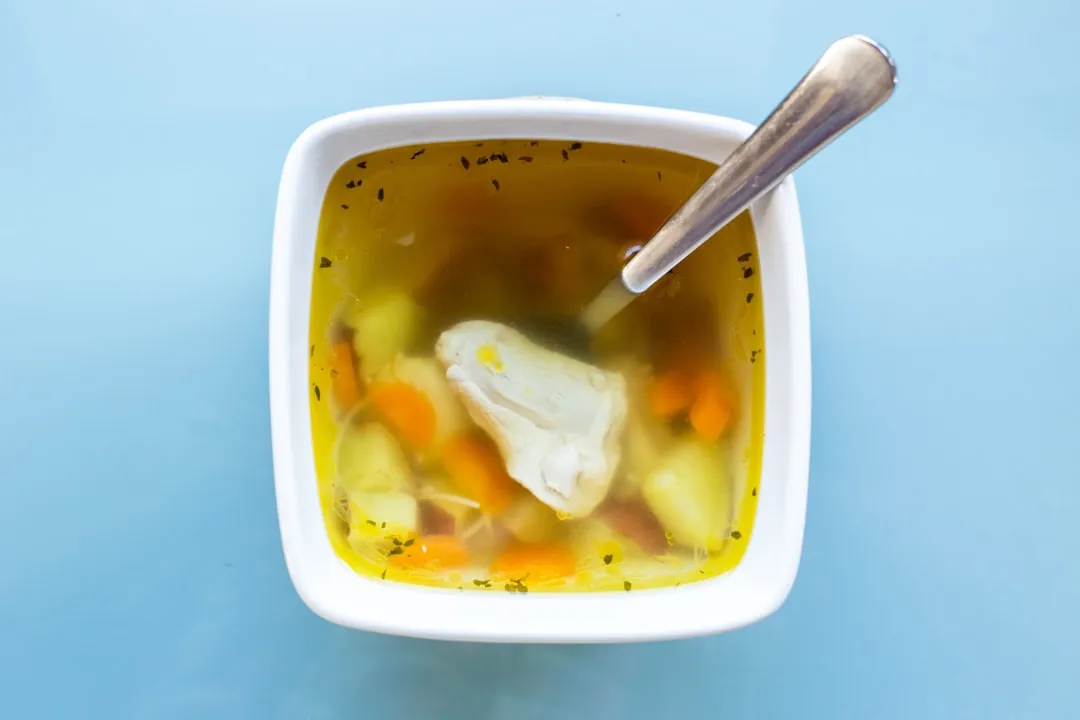
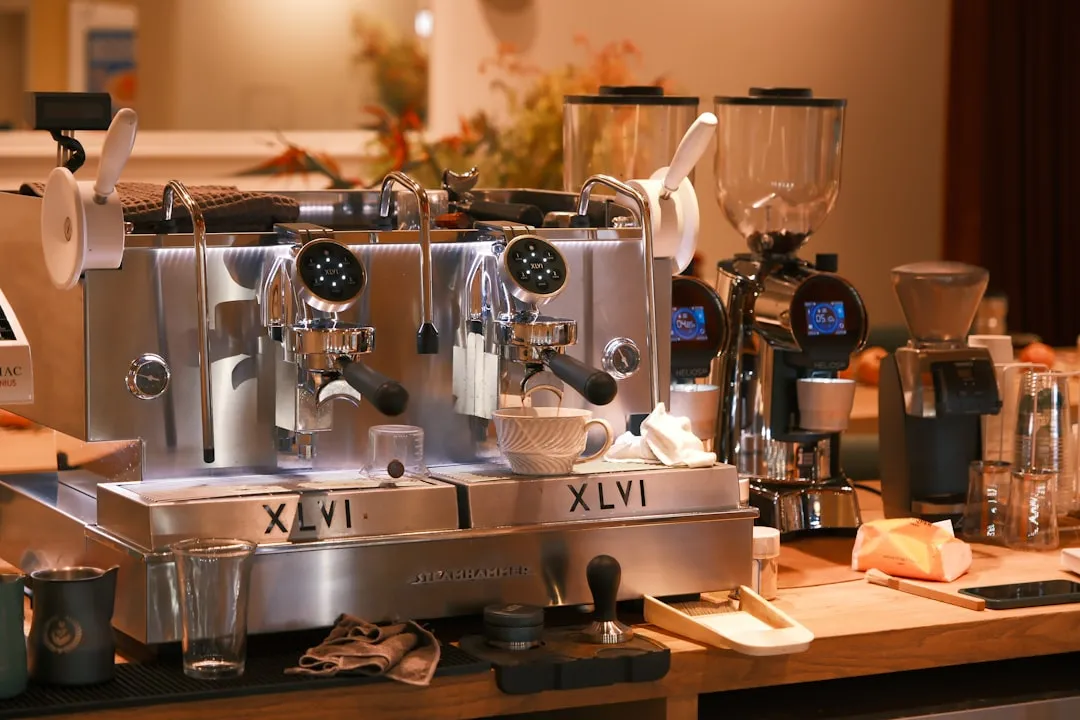

Comments
Be the first, drop a comment!